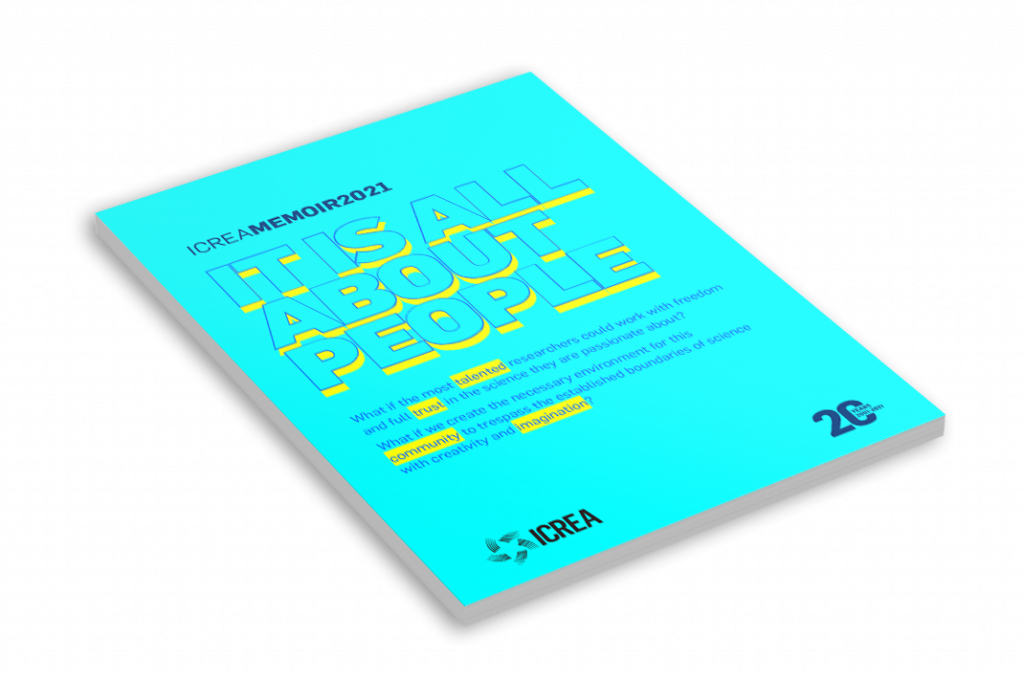The slowdown in global warming that was observed at the end of last century was reflected by a concomittant decrease in malaria transmission in the Ethiopian highlands, underscoring the close connection between climate and health. For several years there has been a heated debate on the impact of global warming on malaria incidence. It is believed that the largest effect could occur in the highlands, where lower temperatures limit vector abundance, leading to intermittent and seasonal disease outbreaks. We see that malaria epidemiology in these areas is strongly under climate control at all scales (months, years and even decades), which settles once and for all the debate on whether climate change is affecting or not the dynamics of malaria in Africa.
Similarly, by using a statistical method specifically designed to detect transitory associations and a mathematical model, we could show that climate played a strong role in modulating COVID-19 transmission during the first three pandemic waves in both hemispheres. COVID-19 behaves like a seasonal infection linked to low temperatures and humidity, much like seasonal influenza. We analysed the association to temperature and humidity in the initial phase of SARS-CoV-2 spread in 162 countries across five continents, before changes in human behaviour and public health policies were put into place. Using an epidemiological model, we showed that incorporating temperature into the transmission rate works better for predicting the rise and fall of the different waves, particularly the first and third ones in Europe. Our study also supports the considerable contribution of airborne SARS-CoV-2 transmission and the need to shift to measures that promote “air hygiene”.

